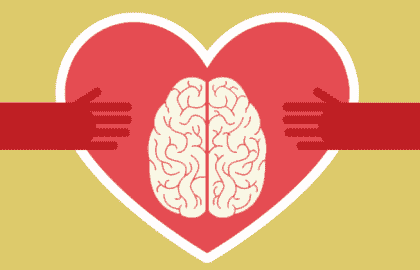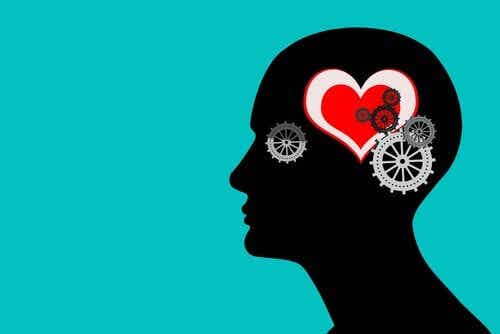We all feel empty from time to time. The important thing is to detect the emotional emptiness, accept it and fill it in the healthiest way possible.

Last update: July 31, 2021
You may have heard of "emotional deficiencies", an expression widely used to describe specific emotional states that include certain attitudes. More than deficiencies, it would be correct to speak of emotional gaps. These metaphorical gaps are common and are thought to have the greatest influence when they occur in childhood.
Psychology uses several metaphors in an attempt to describe such a complex phenomenon. However, not all metaphors are equally useful.
The vacuum, in this case, is not a space with a pressure lower than atmospheric, as described by Physics through the American Void Society. Rather, it describes a space that tends to be filled. In other words, every void generates the need to be filled by the person who feels it.
So emotional gaps are spaces in our being that tend to fill up. We call them emotional because they affect the emotional level. So, we all have gaps, which grow or shrink based on what's going on in our lives.
Why do we feel emotional gaps?
Many think that emotional gaps are necessarily the product of a disorder. Nothing further from reality. Most of the emotional gaps result from the constant adaptation to the environment that we have to realize every day.
Life is change and the changes that occur in relationships alter our voids. Whether it is creating voids, enlarging existing ones or filling them totally or partially, our life experiences affect our emotional state.
Furthermore, the gaps are related to interactions not only with others, but also with ourselves. Self-esteem, but above all the concept of self, are fundamental for these gaps to influence us more or less. It is up to us to choose to fill them in a certain way.
How can they be filled?
Emotional gaps need to be "filled". Obviously it is an emotional need. There are many ways to fill these gaps, which can be grouped into two main categories:
Fill in emotional gaps through others
Gaps can be filled with a myriad of elements, such as attention, acceptance, compassion, and a sense of security. One way to fill these "gaps" is to look for these elements in other people. That is, our emotional needs could be satisfied through acceptance or attention from other people.
However, if we get used to filling these gaps through others, we run the risk of developing an emotional addiction in almost all the relationships we establish. Also, if a relationship ends, our emptiness will have to be filled again by another person or by more people.
Filling the emotional gaps through yourself
Taking a very different direction, these needs can be met through the same elements mentioned above, only in this case we will not look for them in other people, but in ourselves.
Hence, our voids can be filled through self-acceptance. That way we won't need anyone to fill that void, because we can do it ourselves. Of course, this solution requires more time and more personal focus.
Why use metaphors?
The use of metaphors in psychology is very useful in many areas. If we refer to the current metaphor, there are several case studies that can benefit from it. It can serve as a powerful tool for introspection in people who have or have had emotional addiction, and most importantly, those who tend to have it.
In fact, emotional gaps can be used in a more therapeutic context, as a projective tool. Telling the patient how he would draw or describe his emptiness, how it is, when it was last filled or when it was emptied, can help him become aware of these unconscious mechanisms that are generated in interactions.
Emotional gaps are part of our being. Rather than denying them, it is convenient to observe how they are, how we fill them and if there is anything we can do to avoid them in such a way that they do not deprive us of our happiness.


























